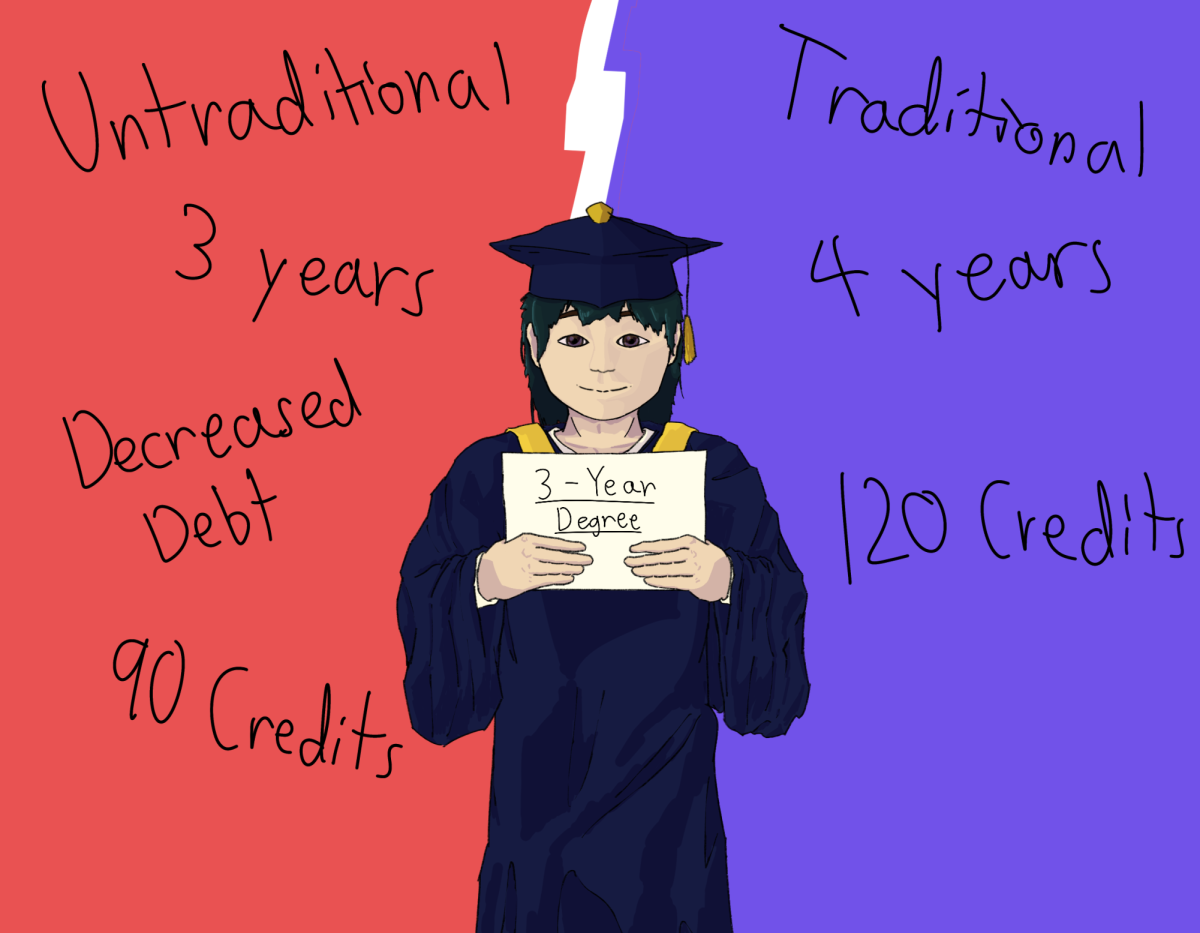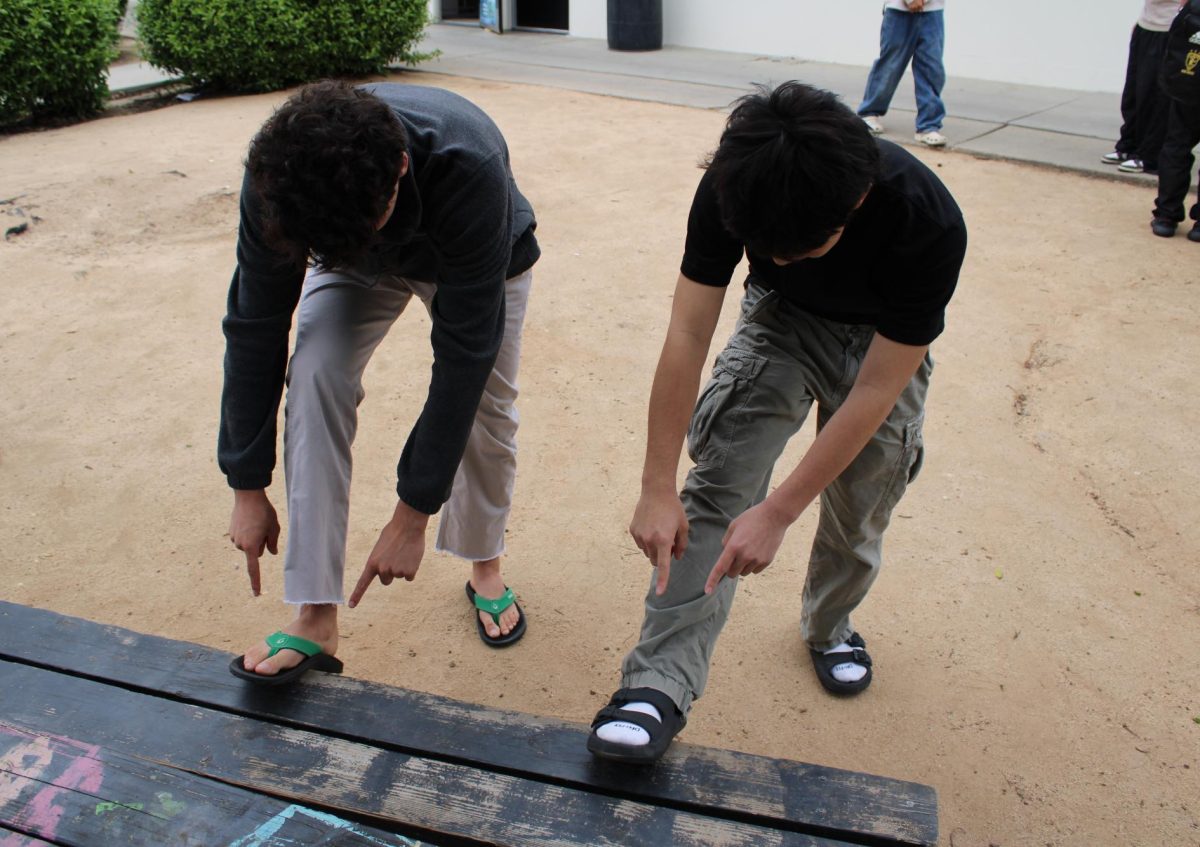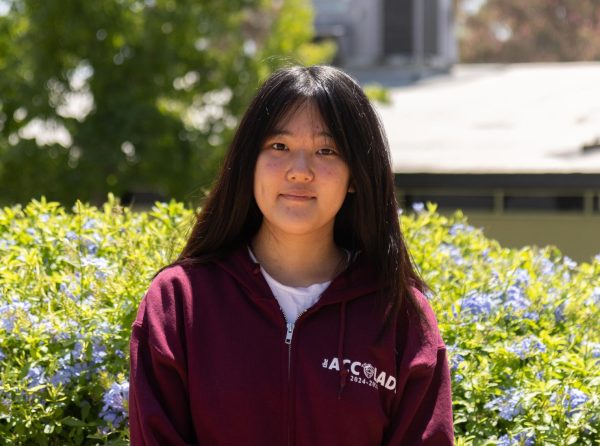As upperclassmen and their parents start looking at college options near the halfway point of the school year, they cannot avoid the following financial statistics:
- The cost of college tuition has continued to rise each year.
- Average private college tuition in 2024-2025 totals $43,505; if that amount stays the same, that would mean a four-year private university bachelor’s degree would cost $174,020.
- Average public out-of-state tuition in 2024-2025 has reached an average of $24,513 or $98,052 based on that dollar amount for all four years.
- The lowest amount stems from those attending in-state public universities – $11,011 or $44,044 for a bachelor’s degree, assuming the same cost remains.
“It concerns me because my household income isn’t the greatest,” said junior Emmanual Cruz, who plans to attend community college for two years before transferring to a four-year university. “Including me, I would never be able to pay out of pocket for college/college degrees, which would make me take out a loan, which then results in student debt.”
To counter such challenges, California’s community college system has started offering its own bachelor’s degree programs, but they are more specialized. At only half the traditional four-year college pathway, students can enroll in 39 majors like dental hygiene at Cypress College and paramedicine at College of the Siskiyous.
Others – including some from the Class of 2021 – apply the college credits they had earned from passing Advanced Placement or International Baccalaureate tests in high school to take fewer college classes, earning the right to join the workforce earlier or travel a smoother route to grad school.
And since the beginning of 2024, secondary institutions – the smaller ones, especially, and those primarily in the Midwest and East Coast – have joined the movement known as “College-in-3 Exchange.”
Yes, students can now get a bachelor’s degree from a traditional university for a popular major in a non-traditional format – in three years’ time.
Ever heard of Brigham Young University-Idaho in Rexburg? Well, it’s offering students the chance to start looking for jobs a year sooner than normal after obtaining a bachelor’s degree in applied business management.
What about Ensign College in Salt Lake City? Students who want to obtain a software development degree from that Utah campus can now do so in three-fourths of the time.
Sure, they’re no Harvard or Yale, but the number of institutions joining the College-in-3 Exchange has been increasing with a goal to reach 100 universities offering these bachelor’s degrees, according to The Washington Times.
“A national initiative to design, implement and assess three-year degrees has increased from 10 universities three years ago to 20,” College-in-3 Exchange administrators told the Times in a Sunday, April 28, 2024, article.
Sunny Hills College and Career Center counselor Genesis Perez said she first learned about this trend in 2023 when she had attended counselor conferences discussing the programs being offered.
“Money-wise [and] time-wise, it would be beneficial,” said Perez, who will have more information for anyone who comes to her office in Room 2 to ask about it.
ORIGIN STORY OF “COLLEGE-IN-3” MOVEMENT
Colleges noticed two common problems in all universities: declining enrollment and high student debt from having to take out loans to pay for their tuition.
To earn 120 credits — the average amount eligible to finish and graduate from college — it requires hours upon hours of work, and students have to manage this alongside their extracurriculars, which leaves little to no free time to fully enjoy the college experience and socialize with their peers.
Previously, three-year bachelor’s degrees were offered in a more stressful, rigorous environment. Students needed to cram every single course in the span of three years, even quoted to be stressful on universities’ websites that provide these types of pathways.
But how can these previously demanding journeys be adjusted to fit a healthier, calmer environment for students? That’s when the College-In-3 Exchange movement saw these concerns and wanted to promote its new program to the public.
This feature strives to create a place where students can graduate earlier without cramming the entire curriculum into three years, giving breaks and allowing people to socialize with their friends.
“We did not ask people to commit to doing a three-year degree — that’s just not how higher [education] works,” Robert Zemsky, co-founder of the College-In-3 Exchange, said in an interview conducted by Inside Higher Education. “We said, ‘All we want is a commitment to take the idea seriously, and we’ll help you take the idea seriously.’”
However, this transition to removing a year off the traditional experience is not something fully adjusted to yet. Students would have to change their daily lives to accommodate these new schedules, and universities could be faced with problems on how to design these new courses.
Some states have decided to make these offerings required and implemented them in their legislation.
Indiana, for example, implemented Senate Bill 8 titled, “Higher Education Matters,” after analyzing these concerns and wanting to help students with their debts.
Even the Utah System of Higher Education approved a new degree category named the Bachelor of Applied Studies, “providing students with additional degree options and faster pathways into careers,” according to the program’s official website.
Perez said she doesn’t believe California state legislators would join Indiana and Utah.
“I think it’s just more on whatever is on demand or what’s on the need,” she said. “But because not all campuses specialize on a certain major, I don’t think they’re going to generalize.”
HOW IT ALL WORKS & WILL ANY LANCERS ENROLL IN THEM?
Although the traditional bachelor’s degree is 120 credits, these universities cut off a fourth of this requirement and dropped the total to 90 credits needed.
Previously rigorous degrees cut out their general education classes and pinpointed the important courses for students to prioritize, with degrees like nursing removing unnecessary electives. As a result, students could have a shorter, less stressful pathway.
That’s what Advanced Placement Human Geography and U.S. History teacher Kristin Kosareff said she felt positive about when The Accolade first informed her about these new opportunities.
“I think that would be great for people going to college in order to be cost-effective because the cost of college has risen drastically,” Kosareff said. “So if you’re going for a specific major, it would helpful to be able to just focus on your major.”
The Accolade conducted an online poll asking students for their opinions regarding these new programs, and 68 respondents said they would be interested in these programs with 58 wanting to save money and 16 saying they want to graduate faster.
On the other hand, 44 respondents preferred to wait for their time in college to make a decision about trying to graduate early. On the contrary, 32 respondents said they would rather enjoy their four-year experience.
So far as of the end of the first semester, most students said they had never heard about College-in-3, and even if they were given the information, they would rather stick to the traditional four-year pathway.
“It could help students like me save time and reduce costs, which is appealing, but I value the chance to fully experience college life,” senior Nick Danyang said. “I’m a bit apprehensive about life after college and want more time to prepare.”
On the other hand, senior Ayden Nagabayashi said the program would be great to explore.
“I plan to study mechanical engineering; if it helps me get rid of a [general education class], then I’ll be for it,” Nagabayashi said.
Senior Derrick Sun also said these pathways were great opportunities but was unsure if he’d ever participate in them because of his major.
“I feel that, for me personally, these types of degrees do not offer as much since the major I will be going into is not a program that can typically fit into a three-year program,” Sun said. “The college experience is more important and spending time in college is the last time I will get to chill with friends every day before I have to start working.”
Some parents are not fans of this new approach and would not choose for their kids to follow this pathway but believe that colleges should still offer the choice.
“Yes, to be offered, but not necessarily required,” said Leo Martinez, father of senior Jackson Martinez. “It would be nice to have the option if they have the initiative for it.”
WHAT’S NEXT FOR COLLEGE-IN-3
Although some colleges have yet to gain the accreditation and approval needed to introduce these programs, others were able to launch and kick-start the new programs.
Universities like Ensign College and the University of Minnesota Morris released their pathways to the public in 2023 and 2024. However, colleges such as the American Public University System and Utah Tech University have yet to be accredited.
If students are interested in finding out more details about the College-In-3 Exchange, they can visit Perez at her office.
“If that’s an opportunity that is there, go ahead and do it,” the counselor said. “The traditional bachelor’s [degree of] 4-5 years, it’s still going to be there.”














